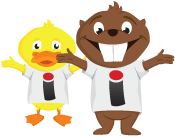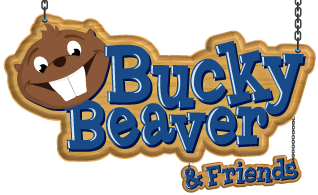Oral Care Tips
Newborn to 3 years
- Avoid giving children milk or juice in their bottle at naptime or bedtime. This can lead to decay, especially in the front teeth. Instead, try a bottle of water or no bottle at all.
- After every feeding gently clean gums and newly erupted teeth with clean gauze or a face cloth.
- Soothers are a better alternative to thumb sucking. Be sure to use a soother that has an orthodontic design and is made of a non-toxic material with a solid construction so they cannot be pulled apart.
- Do not dip a soother into corn syrup, sugar, honey or sweeteners, as this will cause teeth to decay. A parent or caregiver should never clean a soother by putting it in their mouth. Any oral bacteria can be passed on to the child.
- Rinse the child's mouth after giving any medication, as it is usually sweetened for taste.
- Check for decay once a month by lifting the baby's top lip to see the front and back of all teeth. If there are any white or brown spots, consult a dental professional.
- As soon as teeth appear, brush twice a day using a small soft-bristled toothbrush with water or fluoride-free toothpaste.
- Early exposure to fluoride in water will help strengthen bones and teeth. However, swallowing too much fluoride can cause fluorosis, the presence of white spots, brown mottling or streaking on the permanent teeth.
- Brushing before bed is most important to remove plaque that causes cavities.
- Use only a pea-size (or smaller) amount of fluoride-free toothpaste.
- Begin flossing once a day when most of the baby teeth are in, or when molars are touching. The child's head can rest on the parent's lap for stability and access.
Ages 3 to 6 years
- At this stage parents still need to supervise and help children brush and floss properly. The parent can check after the child has brushed.
- The best way to check the child's mouth after brushing is to stand behind the child so that both are facing the mirror. Lift the lip to assess the gums and the back teeth.
- Toothpaste with fluoride should only be used when the child can rinse and spit properly.
- Swallowing toothpaste with fluoride can permanently stain a child's adult teeth. Use only a small amount of toothpaste (pea-size or smaller).
- Encourage regular brushing and flossing as the child gets older. Consider a reward system for good brushing and flossing. One idea is a sticker chart that offers a tangible prize, such as a special toy or trip to the zoo, for a predetermined number of stickers.
Ages 3 to 6 years
- The shedding of baby teeth occurs between the ages of six and twelve.
- By age seven or eight, most children can adequately brush their own teeth. However, adult supervision is still recommended.





